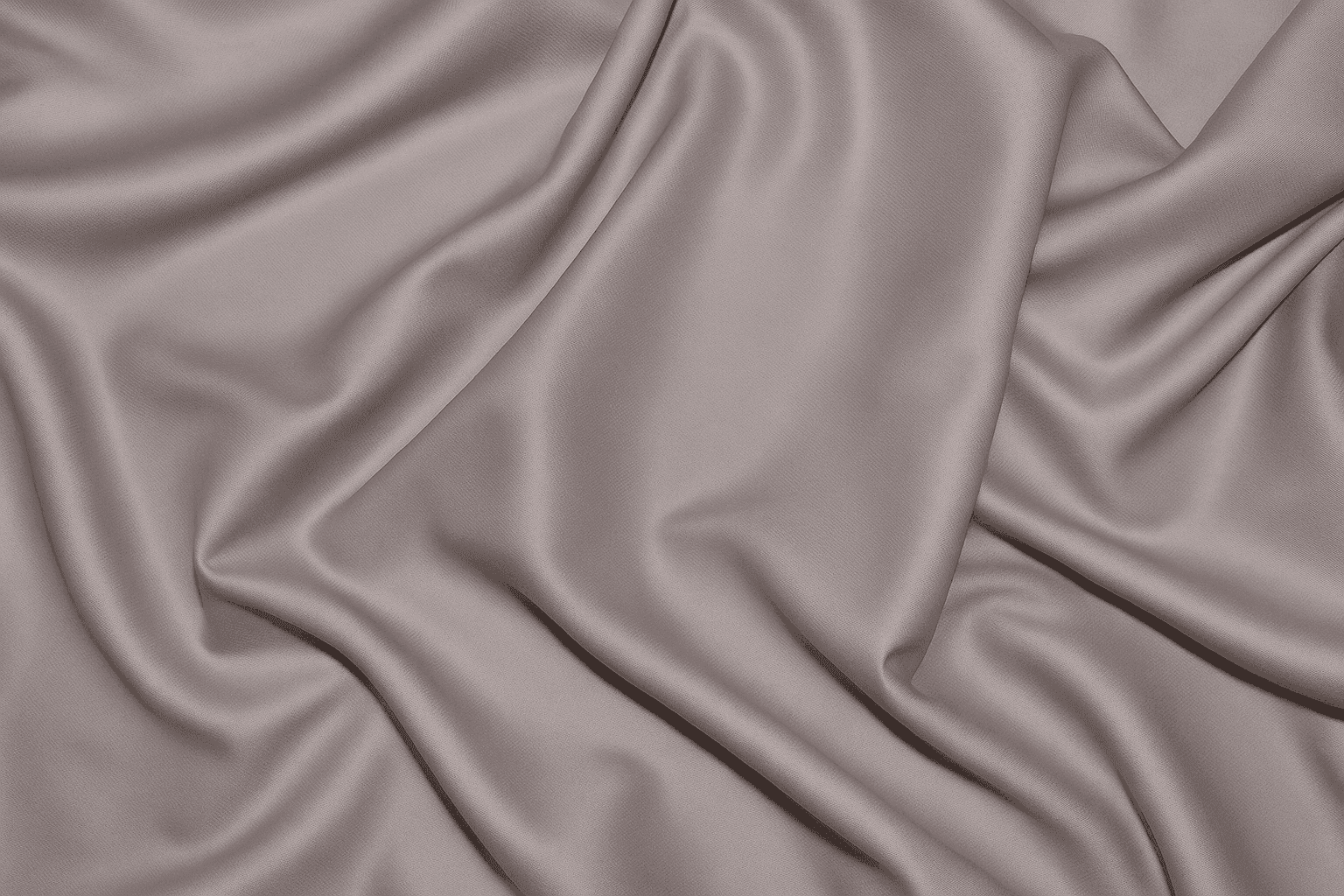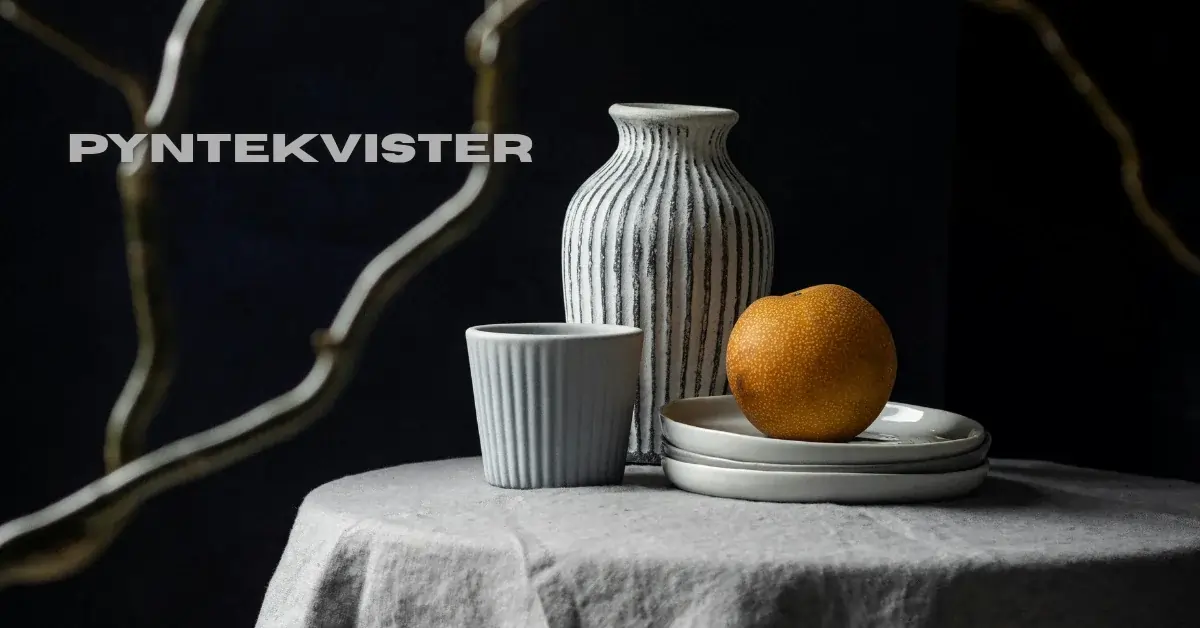Introduction to Viscose
Viscose has become a popular fabric in the fashion world, but what exactly is it? As people who love fashion, viscose clothing, and home décor look for materials that mix comfort and style, Rayon fabric stands out as a top choice. Its silky drape, soft texture, and breathable nature make it a great option for summer wear, home textiles, and furniture covers. But how it’s made is just as interesting as how it’s used.
Let’s explore what makes Rayon material special and why it deserves a place in your wardrobe and home.
What is Viscose Fabric?
Viscose fabric is a partly synthetic, man-made cellulosic fibre (MMCF) made from regenerated cellulose, which mainly comes from wood pulp. It combines the natural softness of cotton with the smoothness of silk, giving a Rayon vs silk balance of comfort and shine.
TRayon production process starts by turning cellulose into a thick liquid, which is then made into fibers. These fibers are woven or knitted into different fabrics used in Rayon clothing and home décor items like curtains and upholstery.
One of its best features is that it allows air to pass through easily, making it perfect for breathable summer clothing and humid climates such as South Asia. Rayon also holds color very well, giving bright and rich shades that last long.
It feels soft on the skin and is often used in shirts, dresses, and linings. In homes, Rayon is found in curtains, upholstery, and soft sofa covers that make any space look elegant.
There’s plenty more to explore check out our other posts!
The History and Production Process of Viscose
Viscose has a fascinating history that goes back to the late 1800s. It was first created in France as a cheaper alternative to silk.
The process starts with cellulose from wood pulp. This natural material is mixed with chemicals such as carbon disulfide to form a thick, sticky liquid the origin of the name Rayon.
Then, the solution is pushed through small holes into acid baths, turning it into solid fibers. These fibers are washed, dried, and spun into yarn.
The end result is a soft Rayon yarn that looks and feels like silk but costs less. Over time, production methods have improved, making the fabric more durable, colorfast, and eco-friendly.
Newer systems like the closed-loop viscose process and certified Rayon production (like Lenzing Ecovero, FSC, or OEKO-TEX) reduce environmental impact and improve sustainability.
Characteristics of Viscose Fabric
Viscose is known for being very soft, smooth, and lightweight. It has a natural drape and flow, making it perfect for fancy and flowing dresses or curtains.
It also allows air to move freely, keeping you cool in hot weather. This breathability makes Rayon clothing ideal for summer and humid regions.
Another great thing about Rayon is its strong color. It absorbs dye very well, so clothes stay vibrant even after many washes.
Viscose durability when wet is slightly lower, so care during washing is important. Still, it feels as smooth as silk but costs much less, making it a favorite for affordable luxury fashion.
It also absorbs sweat quickly, helping you stay dry and comfortable throughout the day. These qualities make Rayon great not only for clothes but also for home textiles like sofa covers, curtains, and bedding.
Benefits of Using Viscose in Clothing and Home Décor
Viscose fabric gives clothes a soft, elegant drape and luxurious look. It’s ideal for dresses, tops, blouses, and even casual wear. Its breathable nature and moisture absorption keep you comfortable all year round.
In home décor, Rayon upholstery and curtains add a touch of class and sophistication while being easy to handle.
A big advantage is that Rayon looks like silk or wool but costs much less giving you luxury at an affordable price. It’s also biodegradable to an extent, which adds to its appeal.
Whether you’re choosing bamboo Rayon, viscose blends (like Rayon-cotton or viscose-polyester), or Ecovero Rayon, each type offers a unique mix of comfort, sustainability, and style.
Care and Maintenance Tips for Viscose Fabric
Viscose needs gentle care to keep it looking new. Always check the washing label first.
Use cold water and mild soap when washing. Handwashing is best to protect color and texture. If you use a machine, choose the gentle cycle.
Don’t twist Rayon clothes; instead, press out extra water softly. Let them air dry in the shade to prevent fading.
When ironing, use low heat and place a cloth over the fabric to avoid burning.
For stains, act quickly using cold water or mild remover. Always test on a small area before applying fully.
Pro tips:
-
Avoid wringing to prevent Rayon shrinkage.
-
Check Rayon GSM (fabric weight) if buying online.
-
Follow Rayon care instructions closely to ensure durability and longevity.
Sustainable Alternatives to Traditional Viscose
As more people care about eco-friendly fabrics, new types of viscose alternatives are gaining attention.
-
Tencel (Lyocell): A sustainable fiber made from responsibly sourced wood pulp, using a closed-loop system that reuses water and chemicals.
-
Modal: Similar to Rayon but stronger, softer, and more moisture-absorbent.
-
Bamboo Rayon: When made responsibly, it’s eco-friendly and biodegradable.
Brands offering certified Rayon (like Lenzing Ecovero or FSC-certified viscose) are helping reduce the environmental impact and promote ethical sourcing.
Want to learn more? Our full collection of posts is ready for you!
Conclusion
Viscose is a wonderful semi-synthetic fabric known for its softness, drape, and breathability. It’s great for both clothing and home décor, loved by designers and customers alike.
Understanding how viscose is made helps us appreciate its journey from raw wood pulp to luxurious fabric.
With its smooth feel, durability, and vibrant colors, viscose offers comfort, style, and affordability. Just follow simple care tips to keep it in great condition.
As the world focuses more on sustainable fabrics, new eco-certified viscose types are making fashion and home décor both stylish and planet-friendly.
Whether you’re updating your wardrobe or decorating your home, viscose fabric provides breathable, soft, and versatile options that fit every lifestyle.




